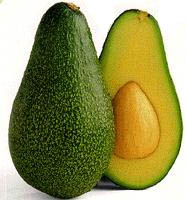 You read that right. Not ‘pasteurization’, a process that uses heat to kill germs, but ‘pascalization’, which does a similar job by using extreme pressure. The protocol, more conventionally known as high-pressure processing (HPP), has been around for almost a decade. HPP can safely kill microbes not only in fruit, but also in liquids and processed foods. The pressure kills microbes by altering their molecular structure.
You read that right. Not ‘pasteurization’, a process that uses heat to kill germs, but ‘pascalization’, which does a similar job by using extreme pressure. The protocol, more conventionally known as high-pressure processing (HPP), has been around for almost a decade. HPP can safely kill microbes not only in fruit, but also in liquids and processed foods. The pressure kills microbes by altering their molecular structure.More recently, Carmen Hernandez-Benes and her colleagues from Technologico de Monterrey, Mexico have shown that HPP can also improve the nutritional value of some foods. They presented their results at the 242nd National Meeting & Exposition of the American Chemical Society.
The researchers subjected avocados, mangos and papayas to between 40,000 and 80,000 pounds of pressure per square inch for three minutes, standard operating procedure for HPP. Despite the fact that this amount of pressure is equivalent to that of a grey whale doing a pirouette on a postage stamp, the fruit was not obliterated. This is because the pressure is evenly exerted over all surfaces. Surprisingly, the carotenoid levels in the pascalized avocados and papayas increased by over 50%. It’s not clear why this occurred, or why the mangos did not show a similar increase in antioxidants.
By the way, just as pasteurization was named after Louis Pasteur, so pascalization was coined for Blaise Pascal, who was known for his studies of pressure.
Great tip! Thanks for this information!
ReplyDeletehigh pressure processing hpp
hydrostatic testing